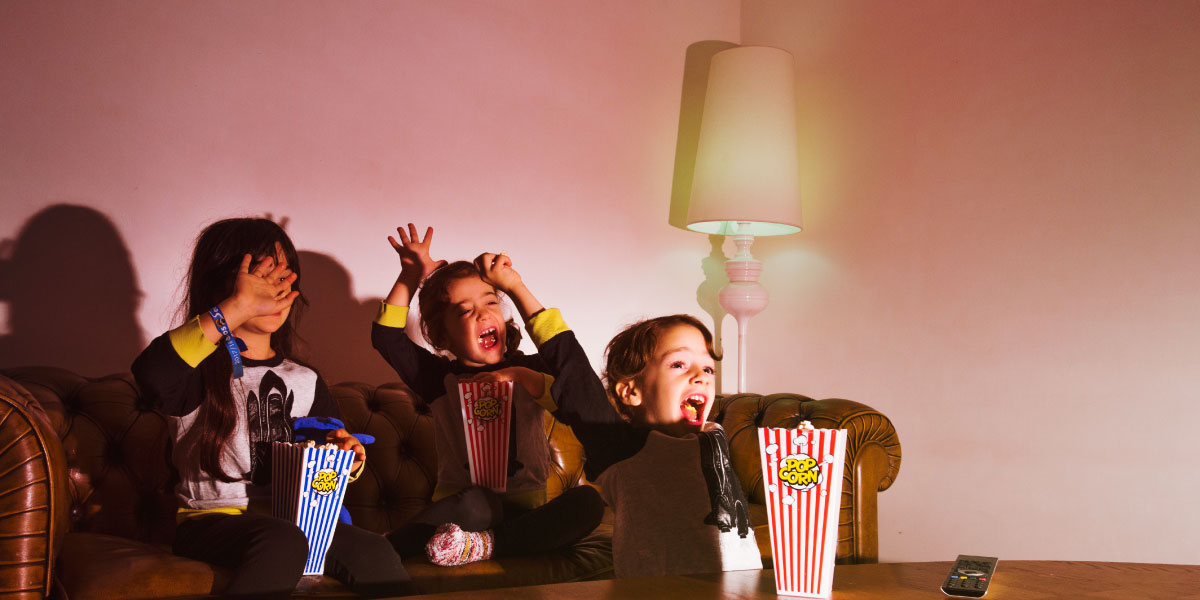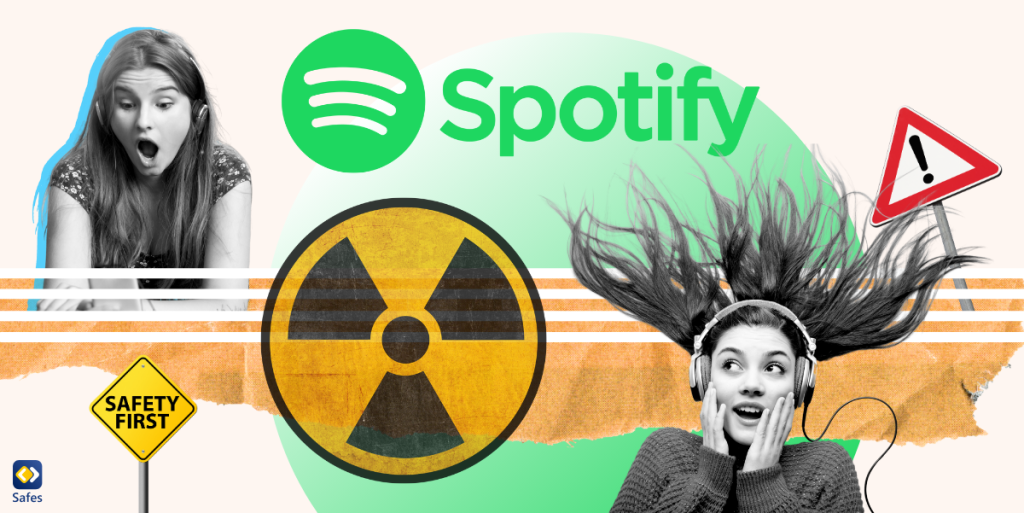From Captain America: Civil War to Fight Club to Baby Driver, violence seems to prevail all over the movie industry. In fact, breathtaking scenes of a runaway followed by the police, or a group of outcasts fighting society for justice seem to be the secret ingredient to hitting box office these days.
Download and Start Your Free Trial of the Safes Parental Control App
Children and teenagers are one of the biggest target audiences of these kinds of movies. They are drawn to the thrill of the adventure the cool protagonist embarks upon. This can raise concern among parents. Do violent movies cause violence in children and adolescents? In this article, we will try to look at some of the impacts of violent movies on youth.
Effects of Media Violence on Children’s Behavior
Action movies are packed with riveting incidents that are designed to keep the viewers’ eyes glued to the screen. So much is happening all at once in these movies that taking your eyes off the TV can lead to losing an important part of the story. Aside from the immediate effects that watching these movies can have on children’s physical well-being, the violence-filled scenes can make some long-term mental problems as well. This is what overexposure to media violence can do to your children:
It Can Desensitize Them to Violence
Teenagers may begin to perceive violence as normal if they watch violent movies regularly. Violence in real life will thus elicit more passive reactions from them.
A set of interesting studies has been conducted to test the effect of violent media on human behavior. In the first study, the participants were divided into two groups. The first group was instructed to play a violent video game, whereas the second was urged to play a nonviolent one. After the game, participants heard a fight outside which led to somebody being injured. In comparison to those who had played nonviolent video games, the group who had played violent video games resisted the need to help the victim for a longer amount of time. Additionally, compared to the second group’s ratings, the first group perceived the fight as being less serious.
In the second study, two groups of people were asked to watch a violent and nonviolent movie at the movie theater. A woman struggling to pick up her crutches was out of the theater both before and after the movie. Compared to the groups in other situations, the group who had just watched a violent movie waited longer before ultimately deciding to help her.
This study shows how much seeing violence in the media can numb us to violence in real life and reduce our propensity for sympathy.
It Can Promote Risky Behavior
Adolescents and teenagers are still learning how to behave. They pick up behavioral habits from their surroundings. As a result of being desensitized to violence, they might try to act like the characters they see in movies and think that this behavior is okay. A research by Institute for Cognitive Science Studies of Iran compared the impact of violent and melodrama movies on adolescents. Results showed that exposure to violence in movies significantly increases the rate of risky decision-making and diminishes behavioral inhibition, which is the propensity for distress and withdrawal in unfamiliar situations.
This effect is especially intensified when heroes resort to violence to do a good deed in a movie. In fact, a study conducted at the University of Pennsylvania shows that justified violence evokes a part in the brain that is associated with moral evaluation, meaning that the viewer perceives it as acceptable for themselves and others. On the other hand, unjustified violence stimulates another part of the brain, which suggests that the viewer interprets it as unacceptable. Justified violence in movies can teach teenagers that it’s okay to be violent sometimes if they have good intentions.

It Can Make Them Anxious
People have different capacities and backgrounds. While movie violence can make some adolescents more violent, it can make others more fearful of the world around them. This doesn’t mean that we should lie to our children and bring them up in an isolated environment. But some of the details that are shown in movies nowadays are not really appropriate for their age. We want to show them that despite all the ugliness in the world, it’s still a beautiful place where they can keep themselves safe if they make the right choices. We also want them to be in a calm peaceful environment, mentally and physically, so that they can focus on their studies and thrive in life.
Are We All Doomed, Then?
What we shared in the previous sections about the negative effects of media violence on adolescents may have sparked panic among parents. Those who have asked themselves if violent movies cause violence may now feel desperate thinking that their child who wants to be a vigilante like Batman will end up behind bars. But this is highly unlikely.
Even though some correlation has been observed between violent media and violence, to this day, no direct link has been proven between the two factors. Plus, many other factors affect the likelihood of actual violence occurring which have nothing to do with exposure to fictional violence. We have written a comprehensive blog post about the Alarming Psychological Effects of Watching Violent Movies on Children that will help you gain more information on the matter.
Work Smarter, Not Harder
Do violent movies cause violence? We don’t know for sure. But watching them on a regular basis can’t be healthy for children. Should we just forbid them from watching any movies that include violence to keep them safe and sound?
Here’s the thing about taking away what your child loves from them: they’re not going to like it. So, you’re going to have to meet them halfway. Try to talk to them about why they can’t watch certain movies yet and what the family rules are regarding this matter. But don’t go overboard with selecting movies that they’re allowed to watch.
Once the rules are explained, try to avoid long hours of fights and disputes. You’re going to need a parental control app to help you assert yourself. Safes can help you monitor which movies your child watches on PC or on their iOS and Android devices. This way you can take control of your child’s digital viewing habits and check out Safes free trial. You can also put parental controls on streaming services such as Netflix to reduce exposure to violence. This way, you won’t have to have a fight every time your child comes across an age-inappropriate movie.
Your Child’s Online Safety Starts Here
Every parent today needs a solution to manage screen time and keep their child safe online.
Without the right tools, digital risks and excessive screen time can impact children's well-being. Safes helps parents set healthy boundaries, monitor activity, and protect kids from online dangers—all with an easy-to-use app.
Take control of your child’s digital world. Learn more about Safes or download the app to start your free trial today!




